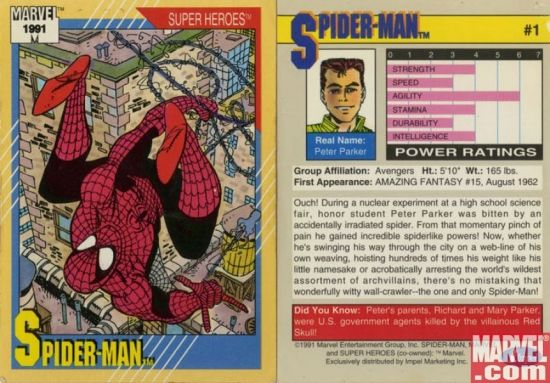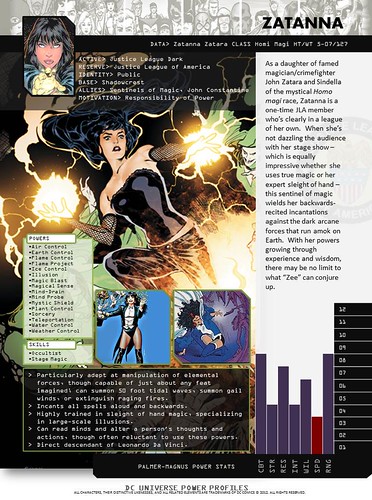- Joined
- May 13, 2017
- Messages
- 10,685
- Reaction score
- 33,929
The second one is easier for me to read.
I've skimmed over the issue you put up earlier. It's a great layout. It has a style that suits the material, but it is clean and easy to reference as well.
I've skimmed over the issue you put up earlier. It's a great layout. It has a style that suits the material, but it is clean and easy to reference as well.



 ARG! 2 bw
ARG! 2 bw ARG! 255 BnW
ARG! 255 BnW

